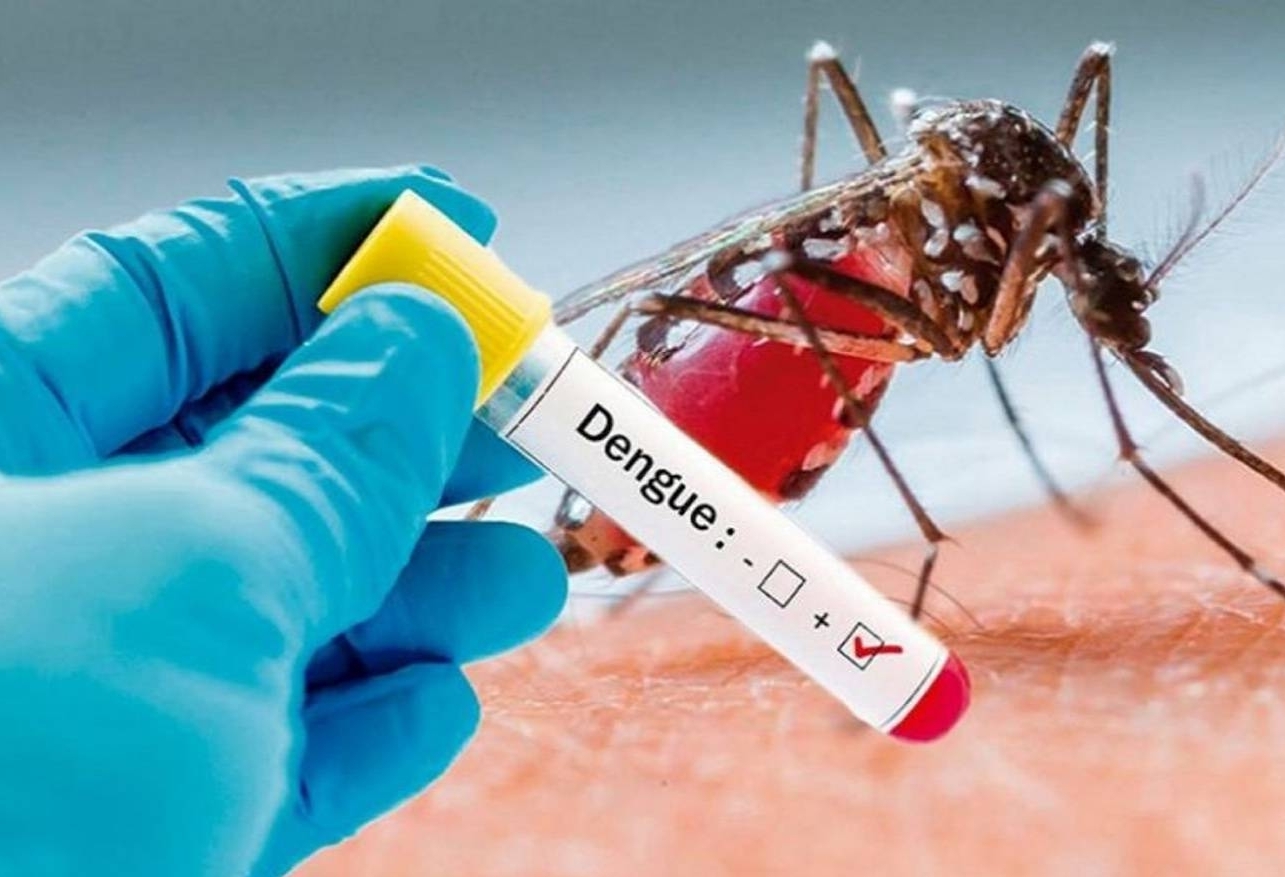



WHO: Since the beginning of 2023, dengue has resulted in close to a historic high

Baku, December 23, AZERTAC
The global incidence of dengue has markedly increased over the past two decades, posing a substantial public health challenge, according to the official website of WHO. From 2000 to 2019, the World Health Organization (WHO) documented a ten-fold surge in reported cases worldwide increasing from 500 000 to 5.2 million. The year 2019 marked an unprecedented peak, with reported instances spreading across 129 countries.
After a slight decline of cases between the year 2020-2022 due to the COVID-19 pandemic and lower reporting rate, in 2023, an upsurge in dengue cases have been observed globally, characterized by a significant increase in the number, scale, and simultaneous occurrence of multiple outbreaks, spreading into regions previously unaffected by dengue.
Dengue transmission is cyclic and large outbreaks every 3-4 years can be expected. During the COVID-19 pandemic we saw moderate transmission of dengue in some regions and low transmission in others leading to an accumulation of people without immunity to certain dengue virus serotypes. However, the data on the circulating dengue serotypes is limited.
Since the beginning of 2023, ongoing transmission, combined with an unexpected spike in dengue cases have resulted in close to a historic high of over five million cases and more than 5000 dengue-related deaths reported in over 80 countries/territories and five WHO regions: Africa, Americas, South-East Asia, Western Pacific and Eastern Mediterranean Regions globally (Figure 1). Close to 80% of these cases, or 4.1 million, have been reported in the Region of the Americas. Dengue is the most widespread arbovirus and causes the highest number of arboviral disease cases in the Region of the Americas, with cyclic epidemics recurring every 3 to 5 years. In addition, clusters of autochthonous dengue have been reported in the WHO European Region. However, these numbers are likely an underestimate of the true burden as most of the primary infections are asymptomatic and dengue reporting is not mandatory in many countries.
Several factors are associated with the increasing risk of spread of the dengue epidemic including, the changing distribution of the vectors (chiefly Aedes aegypti and Aedes albopictus), especially in previously dengue naïve countries; the consequences of El Nino phenomena in 2023 and climate change leading to increasing temperatures and high rainfall, humidity among others; fragile health systems in the midst of COVID-19 pandemic, political and financial instabilities in countries facing complex humanitarian crises and high population movements. These factors also challenge the response to the epidemic and the risk of further spread to other countries. Weakness in the surveillance systems in many affected countries may have led to delayed reporting and response and missed identification of symptoms, contributing to increased severe dengue outcomes.
WHO has assessed the risk to be high globally considering the increasing risk of transmission and the upsurge of cases and deaths.
Personal protective measures during outdoor activities include topical repellents to exposed skin or the treatment of clothing and using long-sleeved shirts and pants. Additionally, indoor protection can include the use of household insecticide aerosol products, or mosquito coils during the day. Window and door screens can reduce the probability of mosquitoes entering the house. Insecticide-treated nets offer good protection to people against mosquito bites while sleeping during the day. Since Aedes mosquitoes are most active at dawn and dusk, personal protective measures are recommended particularly at these times of day. Personal protection measures and mosquito control should also cover workplaces and schools since the vectors are day-biting mosquitoes.
Entomological surveillance should be undertaken to assess the breeding potential of Aedes mosquitoes in containers and monitor insecticide resistance to help select the most effective insecticide-based interventions.
There is no specific treatment for dengue infection. However, early detection and access to appropriate healthcare for case management can reduce mortality, as can rapid detection of severe dengue cases and timely referrals to tertiary healthcare facilities.
Most people with dengue have mild or no symptoms and will get better in 1–2 weeks.
Nigar Arpadarai: All partners have strong interest in COP29
UNGA president highlights success of first Sustainability Week
UNESCO is stepping up the evidence base for gender equality
ANAMA: Large amount of military ammunition found at farm in liberated Khojavand district